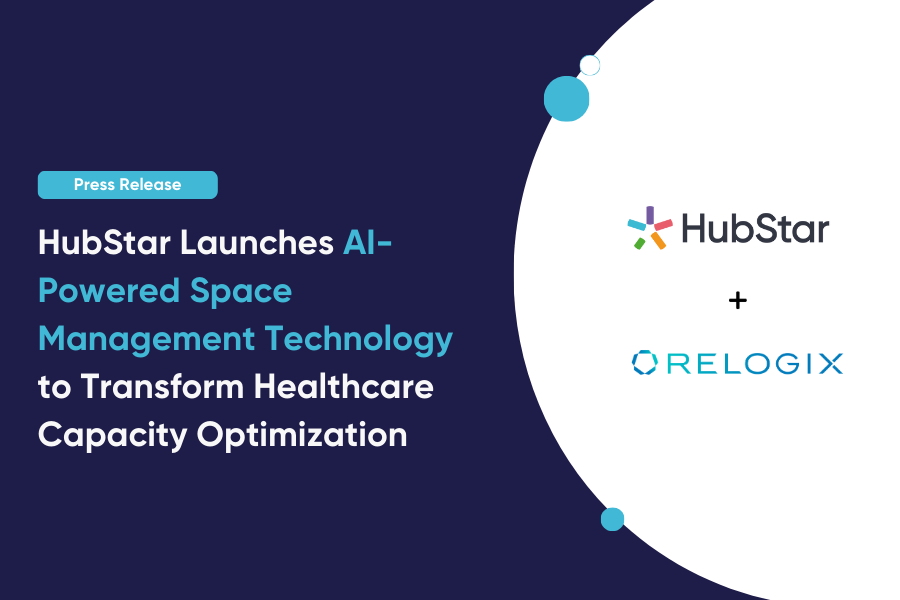5 Facilities Management Trends for 2024

Contents
The facilities management market is predicted to surge to a valuation of $201.63 billion by 2024.
With buildings and workplaces getting smarter and more complex, the management part of facilities management is getting exponentially more important as the years stack up.
What’s in the future for corporate facilities management teams next year? Here are five trends that will help facilities management teams navigate uncertainty, make the right decisions and maximize ROI from the workplace.
1. Workplace experience will become an FM responsibility.
Up until recently, an improved workplace experience was solely the domain of HR and perhaps CRE teams depending on the company. But now we know that workplace design, layout, amenities and overall vibe can make or break a workplace experience and ultimately decide whether the office is worth the commute or not.
Workplace redesigns and remodels improve employee job satisfaction by 17%. And while things like this are never wholly the responsibility of FM teams, they do fall under the FM umbrella.
Many workplace amenities like food do, however. The days of people coming into the office for a free lunch are over, but recent research has shown that 68% of employees consider food the top office perk – and half aren’t happy with what’s on the lunch menu in the office.
In 2024, expect to see more cross-functional collaboration between FM teams and the rest of the business to improve workplace experience.
2. Decarbonizing workplace processes will become a priority.
Sustainable FM isn’t much of a trend anymore – it’s a necessity. Buildings make up 37% of global emissions, and since the pandemic, large swathes of office spaces are still sitting empty while the lights stay on.
Continuously monitoring workplace data is just one of many ways FMs can decarbonize workplace processes every day – for example, by closing off consistently underused floors in a building and cutting off heating, AC and lighting, or avoid over-buying office furniture that might end up in a landfill when nobody is around to use it.
Or by using data to predict changing demand for food services within a week, FM teams can order the right amount of food and cut back on food waste.

4 Ways to Reduce Office Carbon Footprint by Understanding Workplace Occupancy
3. FM teams will use new metrics to optimize office portfolios
62% of organizations have downsized their office portfolios since 2020, and 43% plan to keep downsizing over the next three years.
But that doesn’t mean the strategy is indiscriminately slashing space at all costs. Optimizing, rather than downsizing, the corporate real estate portfolio has become the priority for most organizations. Depending on the situation that could mean downsizing, upsizing or just reconfiguring existing space.
The metrics workplace leaders use to make these optimization decisions have already been shifting from planning to performance, and we’ll see this trend continue in 2024. In other words, rather than making decisions based on what the workplace should be, FM and CRE teams will measure how the workplace is performing in the past and present and use this data to inform decisions that actually work.
Space utilization rate – a measure of how people are using a specific space over time – is now being used by 80% of organizations for strategic portfolio planning.

5 Space Utilization Metrics for a Better Workplace in 2024
4. Workplace experience technology will help employees make the most of the office and reduce strain on FM teams.
Most workplaces are facing problems with ghost towns, not overcrowding. When people come into the office only to find they’re the only one in that day, it can be downright depressing, not to mention environmentally costly.
In 2024, we’ll see organizations use workplace experience tools to guide employees towards decisions that give them the best possible workplace experience while reducing emissions.
58% of employees go into the office for connection, so taking the time to commute in to find that you’ll still be spending the day working alone and on Zoom calls is a negative workplace experience that instils a healthy dose of cynicism. If you’re the only one in on a particular floor or zone, this could also result in energy use that, in hindsight, is unnecessary.
Workplace experience tools can shape each employee’s office experience around their work habits and preferences by suggesting the right days and times to come in. Not only does this help people get the most out of the office, but it also ingrains predictability and sustainability into FM processes.
Rather than dumping a vast sea of options on employees for where and how they can work within the office, workplace experience tools act as a concierge, suggesting the services that match up with work habits and preferences. Here are a few ways this could reduce waste and emissions:
- Matching employees with the right-sized meeting rooms
- Using planned attendance to forecast resources needed (e.g. food for the cafeteria)
- Using planned attendance to forecast maintenance needs
5. Organizations will use better data to deliver better experiences with less space.
Two things will continue to shake up facilities management in 2024 – shrinking portfolios and increased space sharing.
With more employees sharing decreased space, FM needs will be more focused and constantly changing. As a result, FMs will need data from across the entire portfolio.
Most organizations use badge swipe data, which doesn’t indicate once employees actually do once they enter the office. And with back-to-office workarounds like coffee badging taking over, this data could be downright misleading.
Organizations may also use data from occupancy sensors in high-traffic areas like meeting rooms. The end result is data blind spots in larger areas of the portfolio that don’t have sensors installed – and making decisions based on hunches instead of realities.
In 2024, we’ll see facilities management teams using new data sources that give more depth and breadth into what’s really happening across the real estate portfolio.
–




